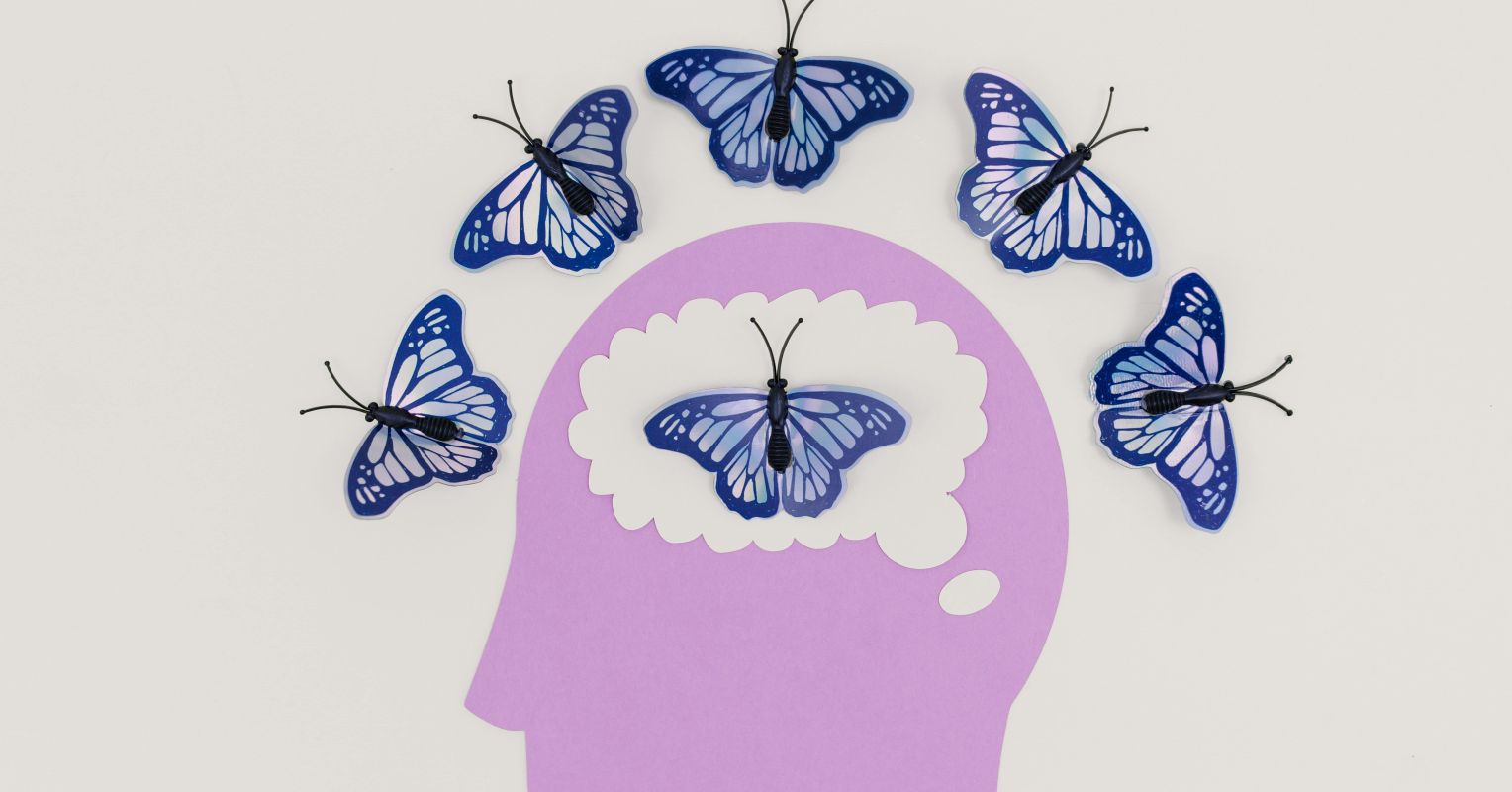
"Misophonia is an intricate condition characterized by an intense emotional and physiological fight-flight-freeze response to specific auditory or visual triggers. Crucially, it is understood as a primary neurophysiological disorder, not a phobia or a fear-based condition, a distinction that fundamentally dictates the appropriate therapeutic approach. Treatment must therefore focus on surrounding the moment of distress and adapting to the complex emotions and behaviors that arise, rather than targeting the trigger itself."
"Traditional cognitive behavioral therapy, CBT, can be adapted when applied to misophonia. This adapted approach should revolve around what the individual with misophonia can control-namely, their emotional and behavioral reaction following the trigger-instead of attempting to alleviate the trigger entirely. This differs sharply from treatments for conditions like obsessive-compulsive disorder or specific phobias, which are often inappropriate for those suffering from misophonia."
"Because misophonia is fundamentally neurophysiological, external to standard psychological cognition and behavior, the goal of therapy is to introduce coping techniques that manage the subsequent distress. As a versatile modality, CBT offers a wide range of coping exercises. The key to effective coping is not to force a single method, but to discover strategies that are most appropriate and resonant for the individual's unique needs."
Misophonia produces an intense emotional and physiological fight-flight-freeze reaction to specific auditory or visual stimuli. The condition originates in neurophysiology rather than fear-based processes, so therapeutic goals focus on managing responses instead of eliminating triggers. Adapted cognitive behavioral therapy concentrates on the individual's controllable reactions—emotional regulation and behavioral choices after a trigger—rather than exposure to the trigger. Treatment emphasizes psychoeducation, coping techniques surrounding moments of distress, and flexible, individualized strategies. Exposure therapies and phobia-focused interventions can intensify distress because misophonia mechanisms differ from those of specific phobias or obsessive-compulsive disorder. Effective care tailors exercises to each person's unique needs and responses.
Read at Psychology Today
Unable to calculate read time
Collection
[
|
...
]